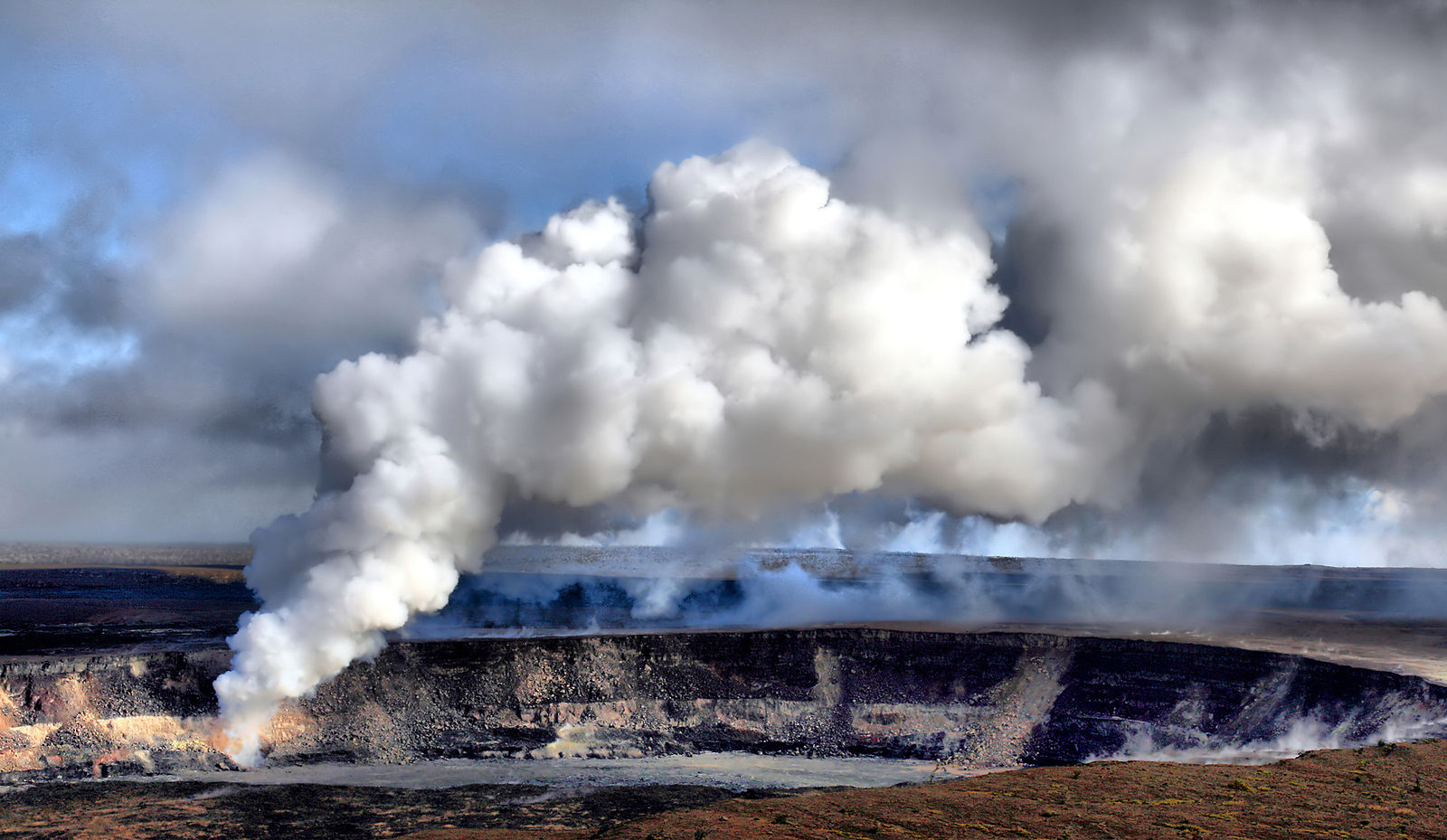
Sulfur dioxide, or SO2, is responsible for producing acid rain and is considered a serious health threat
NASA scientists have just reviewed data from the satellite Aura, collected from 2005 to 2014, and identified 39 new major sources of sulfur dioxide toxic emissions. The new study, conducted by NASA, the University of Maryland, Dalhousie University and Climate Change in Canada, found that the previously unreported pollution locations are concentrated around power plants and coal plants in Mexico, the Middle East and parts of Russia.
Sulfur dioxide (SO2) is one of six pollutants that the U.S. Environmental Protection Agency monitors continuously. The new findings make up 12 percent of the total manmade SO2 emissions.
Dr. Chris McLinden, lead study author and atmospheric scientist, said, “We now have an independent measurement of these emission sources that does not rely on what was known or thought known. When you look at a satellite picture of sulphur dioxide, you end up with it appearing as hotspots – bull’s-eyes, in effect – which makes the estimates of emissions easier.”
McLinden said that generally new sources of sulfur dioxide pollution pop up in more developing types of nations, “where perhaps their legal requirements for reporting are not was rigorous was what we might be used to in the U.S. and Canada, for example.” Over one-third of the new pollution sources were centered around the Persian Gulf.
The study found over 114 previously unreported sources of sulfur dioxide, but the 39 being focused on are man-made. Study authors hope that the new findings and techniques can be used to detect further areas of pollution and allow for environmental agencies to address the issue.
The study was published in the journal Nature Geoscience on May 30.
Photo credit The BrockenInaGlory, Creative Commons License

Leave a Reply